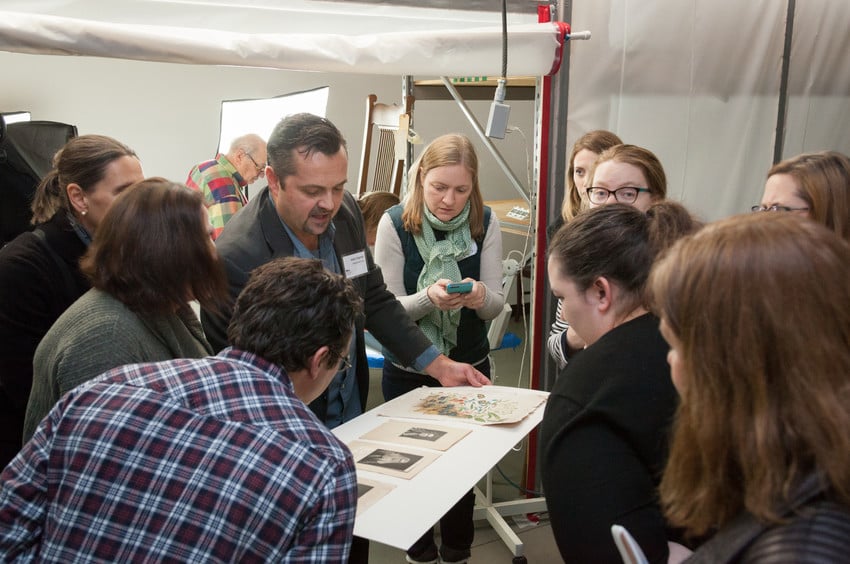Dear fellow IPM nerds, geniuses & friends,
I would like to remind you all that the UK equivalent to the IPMWG meeting: the Odyssey Group’s meeting, will take place this year at the Oxford University Museum of Natural History on July 4th. Should you wish to attend, please feel free to drop me an email. There is no fee for registration but it is a first-come, first-serve basis and places are limited.
If you are yet to read David Pinniger’s great IPM book, published by Archetype in 2015, here is a good review by our man in Vienna; Pascal Querner; to open your appetite. David will be presenting his latest publication with Dee Lauder on IPM at English Heritage in the Spring this year, watch this space!
A new species of Silverfish has been found in the UK Museums in 2017, the Grey Silverfish, Ctenolepisma longicaudata, was found at the Museum of London, as first reported by Conservator Abby Moore in ICON news, and have since been found at the Natural History Museum, London (just by the IPM Rep for Entomology Department’s desk, somehow helpfully). The implications of this finding should be considered serious as the species is already spreading rapidly in Europe and has also been found to survive and cause damage at ambient relative humidity (40-60%RH).
I would also like to leave here a reminder that the 4th International IPM Conference will take place in Stockholm, Sweden, on 21-23 May 2019. The call for papers is out and the deadline for abstracts submission is upon us but you still have time until 15 April 2018! I hope to see very many of you there, is going to be a fantastic conference.
If you are interested in Natural History collections, the Society for the Preservation of Natural History Collections (SPNHC) will meet in Dunedin, New Zealand, 25 August to 8 September this year. Their conservation committee would welcome new members with an IPM background or interest; if you can’t travel to New Zealand, fear not, they will be back in the US in 2019 in Chicago.
2021 will be 10 years since the last Pest Odyssey conference… (opening of Richard Strauss’ Thus Spoke Zarathustra).
I’m writing this post as we wrap up this year’s meeting on a sunny and cold Friday 16th March and I am already feeling slightly melancholic that our time in snow covered and picturesque Harvard has gone so fast; but also happy that I have had a change to see old friends and meet new ones and work and learn alongside you all. Since we seem to have a knack on predicting mastondontica (that’s mammoth in Spanish, I thought you might like it) snow storms, I’m putting my money on a good one hitting Indiana next year! Prepare those snow boots Señor Kelley!
Thank you Rachael, Matt, Pat and thank you to the fantastic and welcoming local committee; Genevieve, Morgan & Jon for such a great meeting!
Armando Mendez
a.mendez@nhm.ac.uk
Natural History Museum, London, UK
On Her Majesty’s IPM Service


 The presentations featured entomologist Pat Kelley, vice president of
The presentations featured entomologist Pat Kelley, vice president of